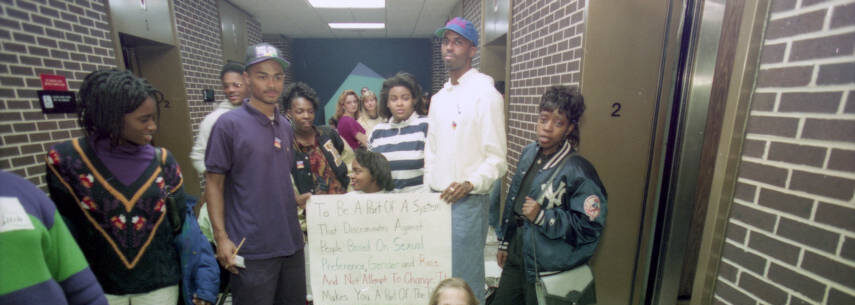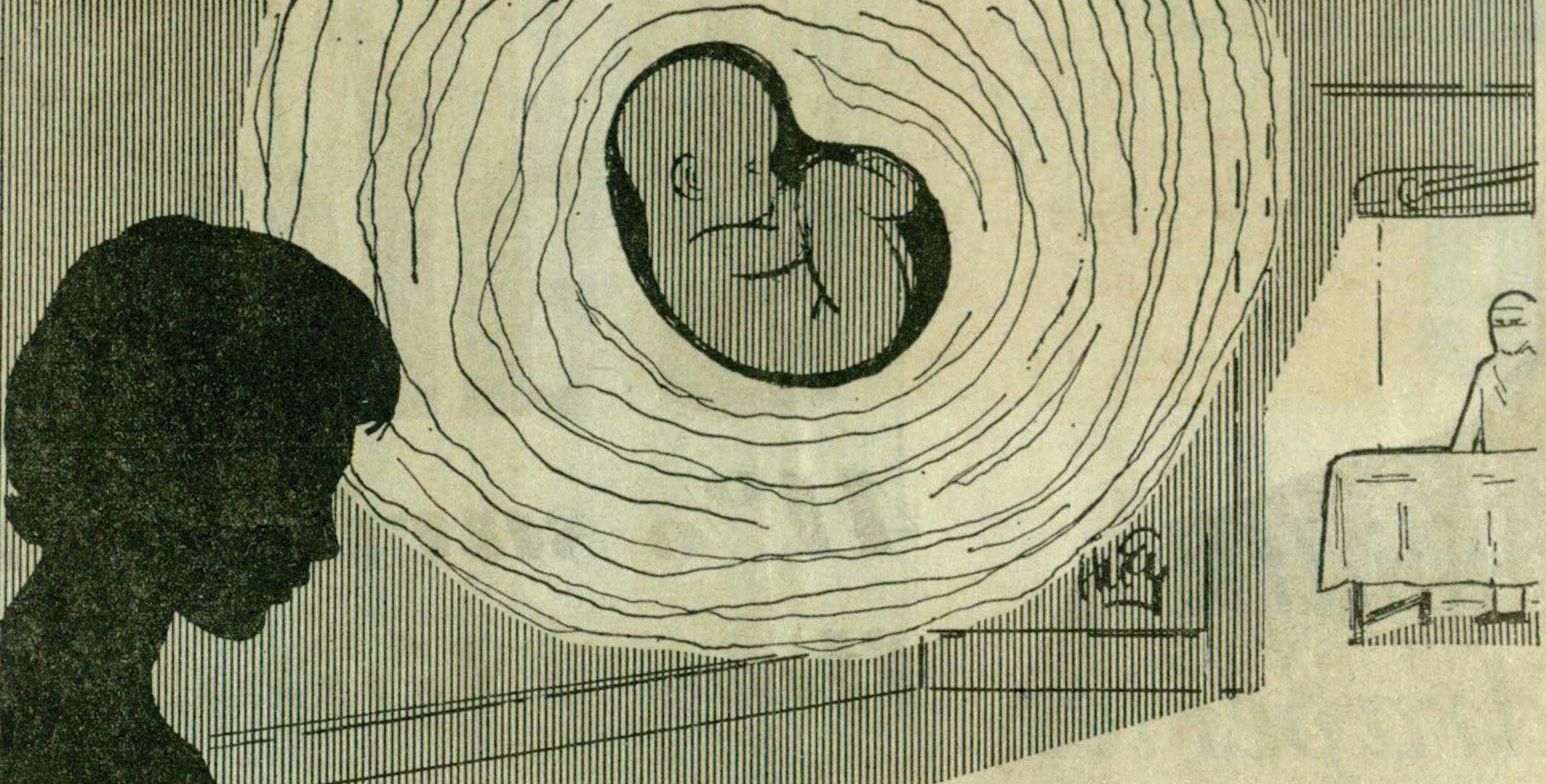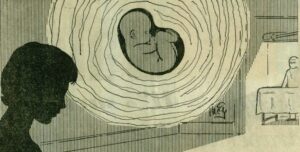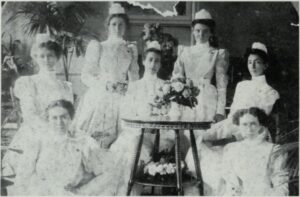
GSU-92: The Understated Power of Student Activism
In the 30 years after the fight to welcome the first Black students to Georgia States campus, protests for other campus injustices persisted. For decades GSU students stood at the…
Visit





In the 30 years after the fight to welcome the first Black students to Georgia States campus, protests for other campus injustices persisted. For decades GSU students stood at the…
Visit
digATL, The Digital Atlanta Portal (pronounced didge’-A-T-L) from the Georgia State University Library, provides a single online destination to showcase and share the many projects, collections, and data about the…
Visit
Featuring contributions from the Archdiocese of Atlanta, Planned Parenthood Southeast, Georgians for Choice, and more, this exhibit outlines the often-contentious history of reproductive justice, connects themes and events that shaped…
Visit
Leading up to and after the Women’s March of 2017, Georgia activists, Lucy Hargrett Draper, and her niece, Chrisy Erickson Strum documented emerging and ongoing activism through what they are…
Visit
This exhibit explores the history and legacy of Atlanta’s pioneering underground weekly newspaper, The Great Speckled Bird (1968-1976). The paper was launched in 1968, a year of protests and political…
Visit
The Grady Memorial Hospital School of Nursing, chartered in 1898, was the first nursing school in Georgia and served as a cornerstone to the education and training of nurses in…
Visit
Unpacking Manuel’s Tavern preserves the organic archive of Atlanta’s political left that has been inscribed on the walls of this local restaurant and bar over the past half century.
Visit
Atlanta, originally named Terminus, has a profound history which is extensively intertwined with transit. This project visualizes how the city's public transit system, now a shadow of what it once was,…
Visit